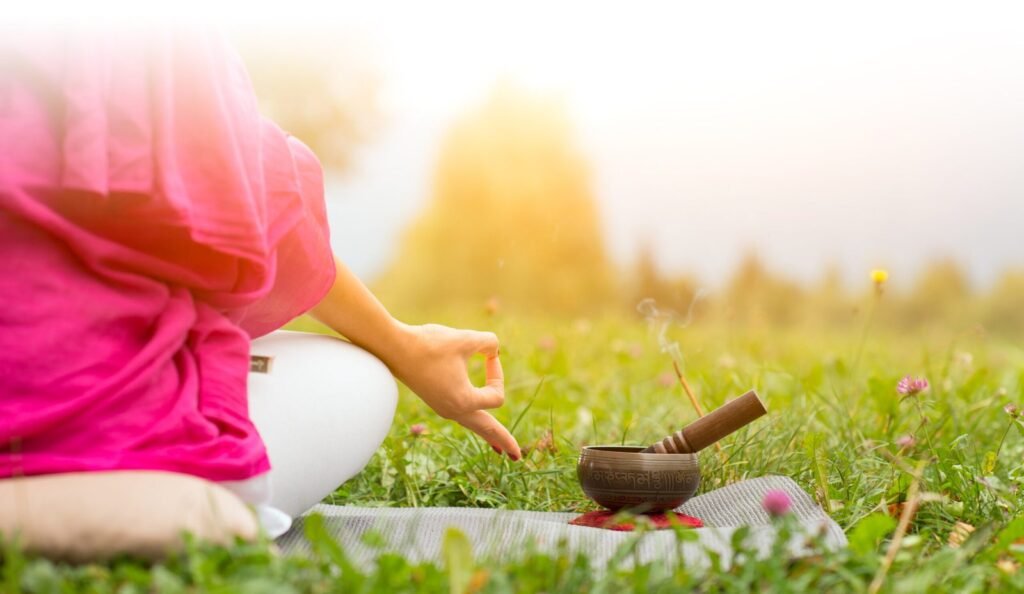Tridosha Imbalance and Yoga: Why One Sequence Doesn’t Fit All
Discover how Ayurvedic doshas—Vata, Pitta, and Kapha—influence your yoga practice. Learn why personalized yoga sequences bring true balance, not generic routines. Introduction: Have you ever wondered why a yoga sequence that energizes one person leaves another feeling drained?The answer lies in Ayurveda’s foundation—the Tridosha theory: Vata, Pitta, and Kapha.Just as every person has a unique body type (Prakriti), every yoga practice must align with one’s dosha balance to be truly healing. Understanding the Tridoshas: Dosha Elements Qualities Common Imbalances Vata Air + Ether Light, Dry, Cold, Mobile Anxiety, Insomnia, Constipation Pitta Fire + Water Hot, Sharp, Intense Anger, Acidity, Inflammation Kapha Earth + Water Heavy, Stable, Cool Lethargy, Weight Gain, Congestion When these doshas go out of balance, even a well-intentioned yoga routine can worsen symptoms instead of healing them. Why One Sequence Doesn’t Fit All: Modern yoga often promotes universal flows—like “Morning Yoga” or “Yoga for Energy.”But Ayurveda reminds us: “What is medicine for one person may be poison for another.” For example: Yoga for Each Dosha: 1. Vata Balancing Yoga 2. Pitta Balancing Yoga 3. Kapha Balancing Yoga Scientific Link Between Doshas and Yoga Response: Recent studies show that individualized yoga therapy based on body type or temperament (Ayurvedic concept of Prakriti) improves both autonomic balance and stress resilience more effectively than generalized yoga.👉 Reference: Frontiers in Public Health, 2021 – “Ayurvedic body types and their impact on stress response” Conclusion: Your yoga mat is your medicine table.When you practice with awareness of your dosha balance, every asana becomes a therapy—not just exercise.So next time you step on the mat, ask not “What’s the best yoga sequence?” but “What does my body need today?” Discover your Dosha and get a customized yoga therapy plan.👉 Book your personalized yoga session with Atul Kumar Gautam today. Contact Us: www.soulkaya-com-418185.hostingersite.com










